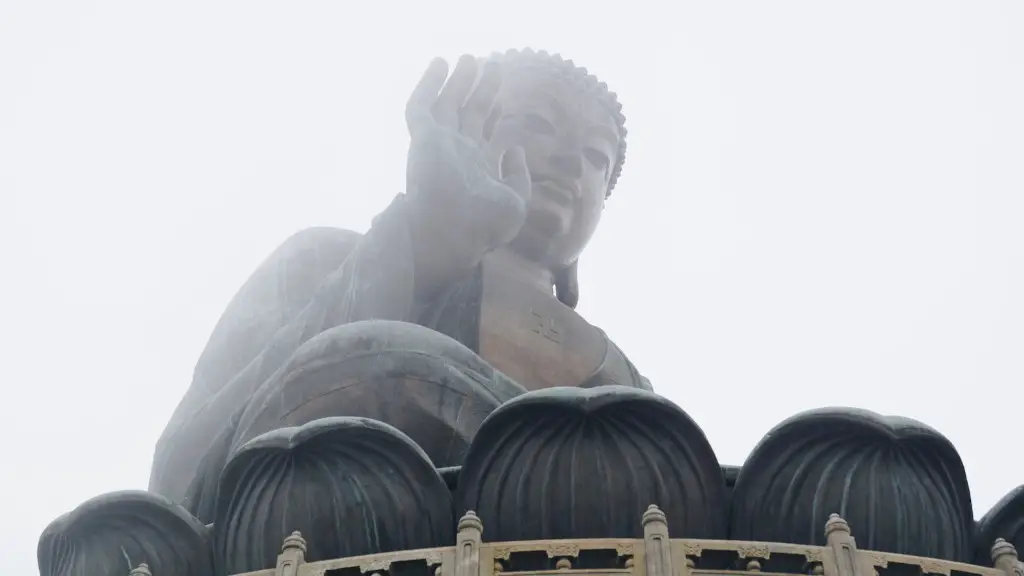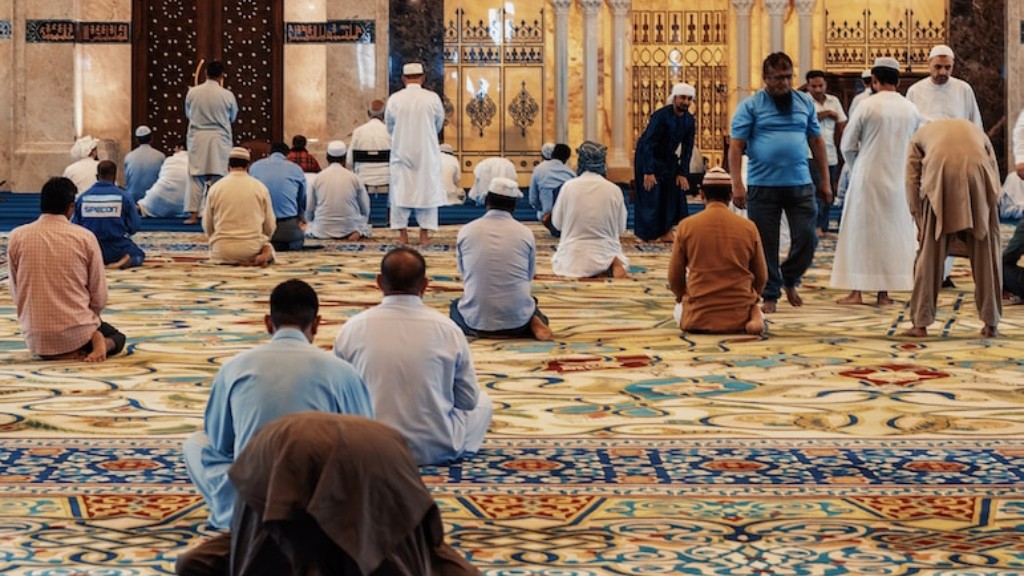Definition Of Hinduism
Hinduism is the major religion of India and has existed for more than 4,000 years. It is a polytheistic religion centered on brahman, the unifying force and highest good. In Hinduism, adherents honor 330 million gods and goddesses, while striving to achieve existential unity with brahman through a structured pattern of meditation and rituals such as yagna or fire ceremony, puja, and performances of music and dance. The complex four-tier caste system is an integral part of Hinduism, with strict regulations and restrictions imposed upon members depending on the person’s caste.
History Of The Caste System
The caste system has its roots in the Vedic period, around 1500 BC. The Indo-Aryans, coming from Central Asia, created a system of social organization, dividing society into four classes—Brahmin, Kshatriya, Vaishya, and Shudras. The Brahmin was the highest, most educated social class, and the others followed in order, making up the four-tier hierarchy. Over time, the caste system became increasingly rigid and set in stone, with people being born into the same caste. Intermarriage and socializing among different castes was largely prohibited.
Caste System Today
The Hindu caste system was officially abolished in 1949 through the Constitution of India, although the effects of centuries of ingrained social hierarchy remain. Discrimination by caste is outlawed in India, yet it is still widely prevalent throughout the country. The Indian government has passed various anti-discrimination laws, specifically targeting caste-based discrimination, yet this is often difficult to implement due to the entrenched nature of the caste system and widespread cultural acceptance of the age-old system.
Challenges Faced By The Caste System
The caste system has been criticized for perpetuating discrimination and social inequality. It has been linked to poverty, child labor, and a lack of education and employment opportunities for members of certain castes and subcastes. Traditional believes and values attached to certain castes further constrained individual freedom, making it difficult to escape the cycle of poverty and low social status.
Efforts To Eradicate The System
Several efforts have been made to combat caste-based discrimination in India. Many non-profit organizations have been established to uplift and empower socially and economically disadvantaged groups. A number of government schemes such as reservation policies, job quotas, and educational initiatives have also been implemented in order to level the playing field and give equal opportunities to all Indians regardless of caste.
Role Of Religion In The System
Religion plays an important role in maintaining the caste system, and Hinduism is often seen as the source of this social stratification. However, some reformist Hindu religious leaders have spoken out against the caste system, advocating for the idea of an ideal society where caste is irrelevant and all people are treated equally. By popularizing this message, these leaders have been able to spread awareness and encourage people to challenge deep-rooted societal norms instead of merely adhering to traditional customs.
Impact Of Caste System On Modern India
The caste system has had a significant impact on modern India. It continues to divide the country along caste lines with deep-rooted prejudice and unequal access to resources and opportunities. At the same time, the government’s attempts to eradicate caste-based discrimination indicate that India is making progress towards a better future. There is still much work to be done, but many Indians are hoping that with the right political, social, and economic reforms, discrimination and inequality will one day be a thing of the past.
International Regulation Of Caste System
The prevalence of the caste system in India has led the United Nations to take steps towards recognizing it and regulating it. Since the 1990s, various UN conventions have incorporated language on caste-based discrimination in order to facilitate progress in eradicating it. International human rights organizations have sprung up around the world to help those affected by the caste system, providing aid and support to those who need it.
Types Of Castes In Hinduism
The Indian caste system is traditionally divided into four main classes: Brahmins, Kshatriyas, Vaishyas, and Shudras. In addition to these four major castes, there are numerous subgroups, or jati, which further divide society by factors such as profession, origin, and even language. Some castes, such as the Dalit caste, are at the very bottom of the hierarchy and face the most discrimination.
Advantages Of The Caste System
The caste system has been seen as a stabilizing factor in India’s social structure. It has given people a sense of identity and security, providing a network of support and shared values. Furthermore, it has allowed certain professions and skills to be developed and passed down from generation to generation.
Opinion of The System
Many people in India have mixed opinions about the caste system. Some defend it on traditional grounds, while others condemn it for the discrimination it perpetuates. In the end, the opinions of individual Hindus will vary greatly and depend on personal experience and background.
Consequences Of Caste System
Through centuries of ingrained prejudice and discrimination, the caste system has had a damaging effect on the lives of countless people in India. It has resulted in entrenched social and economic inequality, contributing to poverty and limiting the opportunities available to members of certain castes.
Legal Status Of Caste System
The caste system is illegal in India, however, most instances of discrimination based on caste still go unpunished. Many laws designed to protect the most vulnerable groups from discrimination and prejudice are poorly enforced, and there is a general lack of awareness about the legal implications of caste-based discrimination.
End Of Caste System
As India continues to progress and evolves, the caste system will hopefully one day eventually fade away. The Indian constitution bans discrimination on the basis of caste, and the passage of such laws indicates that the country is taking steps in the right direction. With continued reforms and better enforcement of existing laws, India may one day be able to break free of the chains of the past and achieve true social equality.

